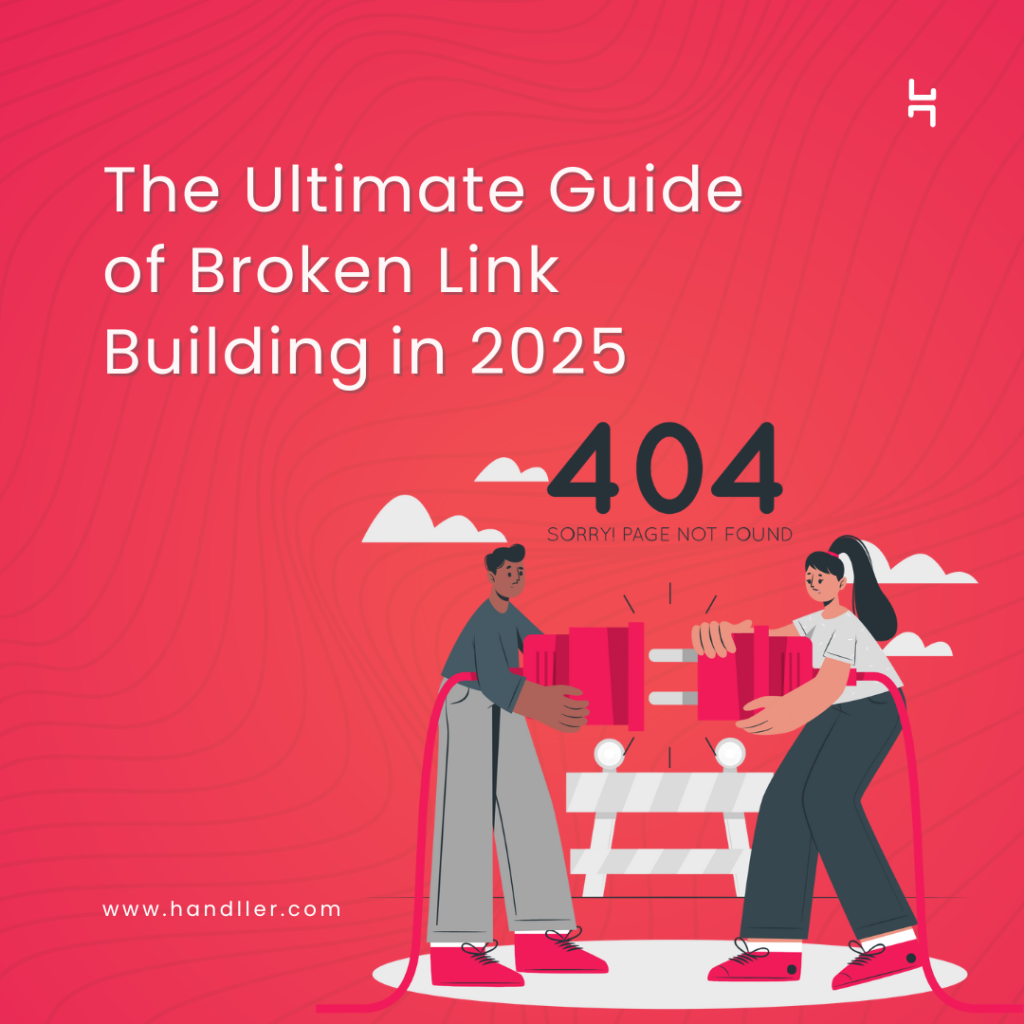What Is Broken Link Building & Why Should You Care?
If you’re in the digital marketing game, you’ve probably heard the term “broken link building” thrown around. But what is it exactly, and why should you care? Well, grab your coffee (or tea) because we’re diving into one of the smartest link-building strategies around!

What Is Broken Link Building?
In simple terms, broken link building is the process of finding broken links (aka dead links) on websites and reaching out to the site owners with a replacement link – ideally, one that points to your content. This technique benefits everyone: the site owner fixes an issue on their site, and you earn a high-quality backlink to boost your SEO.
Why are broken links a big deal? Broken links hurt user experience and damage a website’s SEO score. Helping fix them is a win-win situation that adds value for everyone involved.
What Are the Benefits of Broken Link Building?
Here’s why broken link building should be on your SEO to-do list:
- Boosts Your SEO Backlinks are a major ranking factor for search engines. A quality backlink from a credible site can skyrocket your visibility on search engine results pages (SERPs).
- Drives Organic Traffic High-quality backlinks bring more traffic to your website. Broken link building ensures these links come from related, authoritative websites in your niche.
- Improves Relationships Reaching out to website owners to offer value fosters positive relationships. These relationships can lead to future collaborations.
- Cost-Effective Strategy Unlike paid campaigns, broken link building only costs your time and effort. And trust us, the payoff is worth it!
How to Do Broken Link Building (Step-by-Step Guide)
Now that you’re sold on its benefits, let’s break down how to execute a killer broken link-building campaign:
1. Find Relevant Websites in Your Niche
Use tools like Ahrefs, SEMrush, or Google Search Operators to identify websites in your industry. Target sites with high domain authority for maximum impact.
2. Hunt for Broken Links
Tools like Check My Links or Screaming Frog can help you spot broken links on a website. Look for 404 errors or outdated resources.
3. Create or Find Relevant Content
Once you identify a broken link, ensure you have a resource that’s relevant and valuable to replace it. This could be a blog post, infographic, or case study.
4. Reach Out to Website Owners
Send a friendly and personalized email to the site owner or webmaster. Let them know about the broken link and suggest your resource as a replacement. Keep it casual and helpful – nobody likes spammy pitches!
Example Outreach Template:
Hi [Name],
I was browsing your site, and I noticed a broken link on [Page URL]. It seems the link to [Old Resource Name] is no longer working.
I recently created a similar resource that might be a good fit: [Your Link].
Hope this helps keep your content fresh and user-friendly! Let me know if you’d like more info.
Cheers,
[Your Name]
5. Track and Follow Up
Use tools like BuzzStream or Ninja Outreach to track your outreach efforts. Follow up politely if you don’t hear back in a week or two.
Pro Tips for Success
- Focus on Quality Over Quantity: Prioritize sites with good domain authority and relevance to your niche.
- Keep Your Resource Valuable: Make sure your content genuinely adds value and solves a problem for the audience.
- Be Persistent, Not Pushy: Outreach can take time, but patience pays off.
